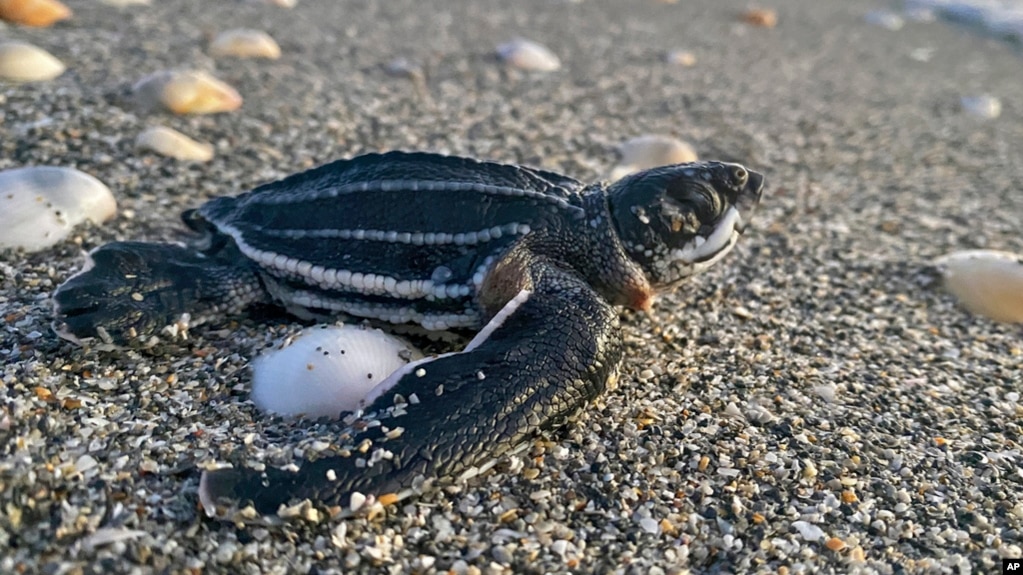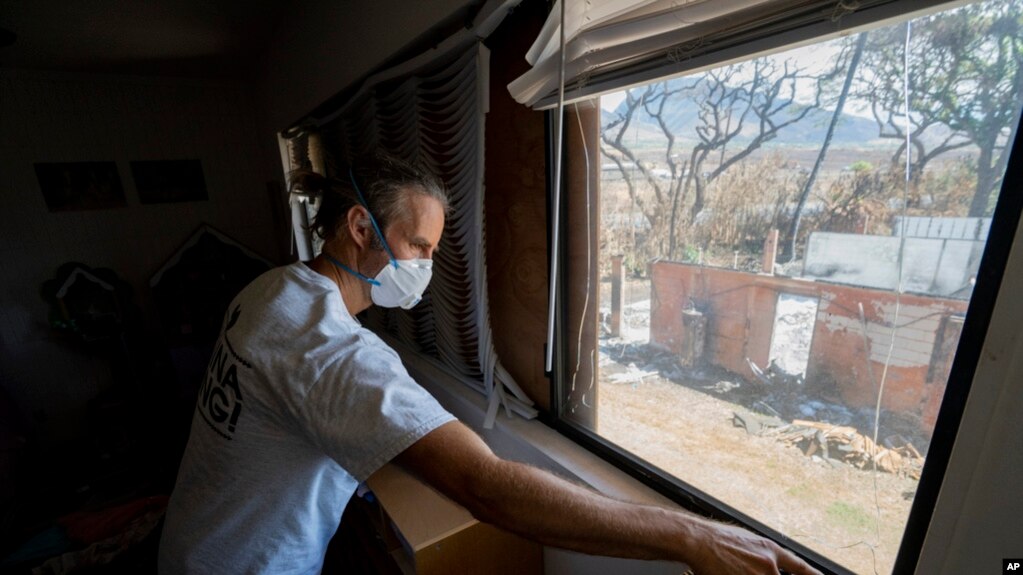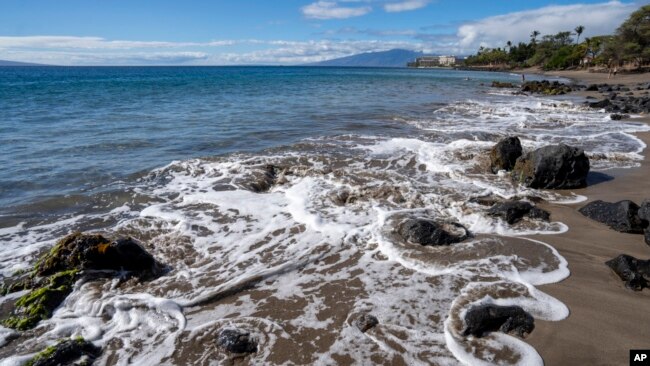You don't need to be a legal expert to know that Israel is committing war crimes against the people of the occupied Palestinian territory.

We are approaching the seventh week of Israel’s invasion of Gaza. Our screens are still littered with mutilated bodies and murdered children and there is little hope for a total ceasefire, even as Israel has finally agreed to a brief humanitarian pause.
With almost 20,000 dead, one must ask when, or if at all, the UN or any Western and Muslim world leaders will rise up to hold Israel accountable for its deliberate and wholesale slaughter of the Palestinian people.
To be sure, we have international law and other legal mechanisms in place since the end of World War II to prevent the very type of mass murder we are witnessing in Gaza today. One such tool, which has the potential to provide much needed relief in the present conflict, is a doctrine called the Responsibility to Protect (R2P).
Who bears the responsibility?
The R2P is not law — it is a principle rooted in existing international humanitarian laws relating to sovereignty and armed conflict. Since Gaza is an occupied territory without recognised statehood or governance, the responsibility for its population’s well-being falls on the occupying power, Israel.
In its simplest form, the R2P says that if a state — in this case, Israel — fails to protect its people from genocide, war crimes, ethnic cleansing and crimes against humanity, the international community has a responsibility to intervene. This intervention can be carried out in different ways — from political and economic sanctions to international criminal prosecutions or even, as a last resort, military force — the latter, with the permission of the UN Security Council.
Over the years, the UN Security Council has invoked the R2P in over 80 UN Security Council resolutions, including for crises in the Central African Republic, Côte d’Ivoire, Democratic Republic of the Congo, Liberia, Libya, Mali, Somalia, South Sudan, Syria and Yemen. It was, however, fully implemented only once during the Libyan civil war.
In 2011, in response to growing civil unrest, Muammar Gaddafi called for his supporters to “cleanse Libya house by house”. By invoking the R2P, the UN Security Council was able to authorise Nato to use military force to prevent mass murder in Benghazi. While the first phase of the intervention did save lives, R2P’s implementation in Libya was deemed a failure in the long run because the international community did not stay in the country long enough to rebuild the political and economic infrastructure.
Unfortunately, Libya left the doctrine of R2P with a bad rap. Even since, the preferred approach by the UN and superpowers such as the US is to “wait-and-see” — a decision that has led to the slaughter of hundreds of thousands in countries like Syria and Myanmar and has forced the doctrine of R2P onto the UN’s top shelf, where unused international laws and doctrines gather to die.
But the current conflict in Gaza has revived calls for the R2P.
You need not be a legal expert to know that Israel is committing war crimes against the people of the occupied Palestinian territory. Indeed, since its creation, the state of Israel has routinely flouted numerous international humanitarian laws.
But this time feels different, more dire. Perhaps because almost half of the dead are children? Or maybe because the world is watching a genocide on their smartphones in real time?
Over the last few days, Arab states, Russia, China and several other countries have lobbied for a ceasefire. It is unlikely that, individually, these countries’ lobbying efforts hold much sway at the UN Security Council — particularly in light of the waning influence of Arab nations at the world body in recent years. Over the next few days or perhaps weeks, it will become clearer whether powerful Muslim nations like Saudi Arabia are going to be able to pressure the United States and the other permanent members of the UN Security Council to join in efforts to condemn Israel.
Either way, public support for and perception of Israel is at an all-time low. And with the American presidential election looming large and ever-increasing pressure on Muslim leaders to do more than share thoughts and prayers, the question is surely on the top of the mind for members of the UN Security Council — what, if anything, is it going to do about Israel’s collective punishment of 2.3 million people?
Romeo Dallaire, a lieutenant-general with the Canadian Armed Forces who was on the ground during the Rwandan genocide, once said: “How do we pick and choose where to get involved? [Countries] have become accustomed to acting if, and only if, international public opinion will support them — a dangerous path that leads to a moral relativism in which a country risks losing sight of the difference between good and evil …”
Modern history tells us that the international community can reach consensus to stand up against aggressor states. Take the Russia-Ukraine war, for example. When Russia invaded Ukraine last February, within days the US, UK and EU unequivocally condemned its actions and imposed harsh economic and political sanctions.
Many of these nations continue to send millions in military and financial aid to Ukraine. The UN General Assembly adopted a resolution demanding Russia immediately withdraw its military forces and abide by international law and, earlier this year, the International Criminal Court also rose to the occasion by issuing an arrest warrant for Vladmir Putin.
We need to demand our elected leaders to adopt a similar, principled approach against Israel. For far too long, countries like the US, UK and even Saudi Arabia have let Israel off with a get-out-of-jail-free card. This time, the indiscriminate nature of Israel’s bombings, the mounting death toll of civilians, the blanket denial of food, water and other necessities, and the bombing of facilities such as mosques, churches, schools and hospitals — places unequivocally protected by international law — is both morally and legally too egregious to ignore.
In 1948, when the UN passed the Genocide Convention, we agreed “never again”. Yet, in Palestine, we can’t risk normalising “again and again”.
Header image: A Palestinian man reacts as he carries the body of his niece, Hanan Kaloob, who was killed in an Israeli strike, at Nasser hospital in Khan Younis in the southern Gaza Strip November 22, 2023. — Reuters











